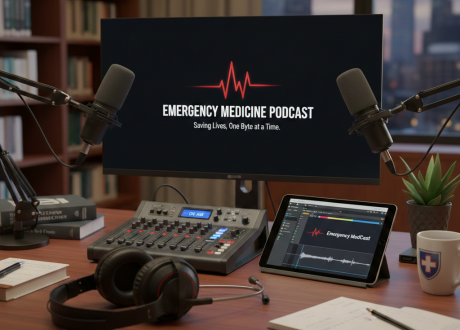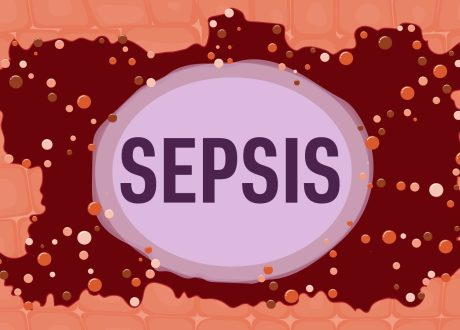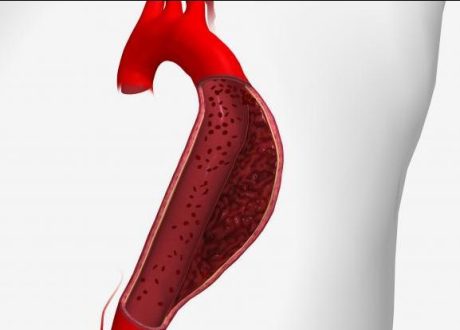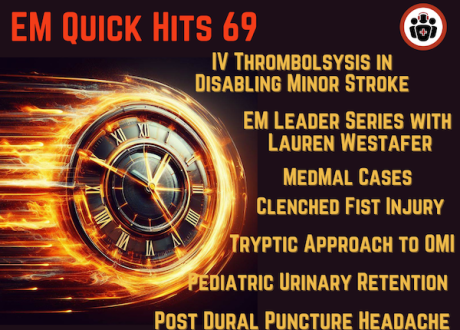 Donia Bouzid1,2,3,4, Alexy Tran-Dinh1,5,6, Brice Lortat-Jacob5, Enora Atchade5, Sylvain Jean-Baptiste5, Parvine Tashk5, Aurelie Snauwaert5, Nathalie Zappella5, Pascal Augustin5, Quentin Pellenc7, Yves Castier1,6,7, Lara Ribeiro8, Augustin Gaudemer9, Antoine Khalil1,9,10, Philippe Montravers1,5,10, http://orcid.org/0000-0003-4698-3287Sebastien Tanaka5,11 on behalf of the Bichat stab wounds injury study group Correspondence to Dr Sebastien Tanaka, APHP, Paris, Île-de-France, France; sebastien.tanaka@aphp.fr
Donia Bouzid1,2,3,4, Alexy Tran-Dinh1,5,6, Brice Lortat-Jacob5, Enora Atchade5, Sylvain Jean-Baptiste5, Parvine Tashk5, Aurelie Snauwaert5, Nathalie Zappella5, Pascal Augustin5, Quentin Pellenc7, Yves Castier1,6,7, Lara Ribeiro8, Augustin Gaudemer9, Antoine Khalil1,9,10, Philippe Montravers1,5,10, http://orcid.org/0000-0003-4698-3287Sebastien Tanaka5,11 on behalf of the Bichat stab wounds injury study group Correspondence to Dr Sebastien Tanaka, APHP, Paris, Île-de-France, France; sebastien.tanaka@aphp.fr
Abstract 
Background While the role of Extended Focused Assessment with Sonography in Trauma (eFAST) is well defined in the management of severe blunt trauma, its performance in injuries caused by stab wounds has been poorly assessed.
Methods Prospective single centre study which included all patients with stab wounds to the thorax or abdomen between December 2016 and December 2018. All patients underwent initial investigation with both eFAST and CT scan, except in cases of haemodynamic or respiratory instability, and in cases with a positive diagnosis by eFAST in which case surgery without CT scan was performed.
Results Of the 200 consecutive patients included, 14 unstable patients underwent surgery immediately after eFAST. In these 14 patients, 9 had cardiac tamponade identified by eFAST and all were confirmed by surgery. In the remaining 186 patients, the median time between eFAST and CT scan was 30 min (IQR 20–49 min). Test characteristics (including 95% CI) for eFAST compared with reference standard of CT scan for detecting pneumothorax were as follows: sensitivity 77% (54%–92%), specificity 93% (90%–97%), positive predictive value (PPV) 60% (49%–83%), negative predictive value (NPV) 97% (93%–99%). Test characteristics (including 95% CI) for eFAST compared with CT scan for detecting haemothorax were as follows: sensitivity 97% (74%–99%), specificity 96% (92%–98%), PPV 83% (63%–93%) and NPV 99% (96%–100%). Finally, test characteristics (including 95% CI) for eFAST compared with CT scan for detecting haemoperitoneum were as follows: sensitivity 75% (35%–97%), specificity 97% (93%–99%), PPV 55% (23%–83%) and NPV 99% (96%–99%).
Conclusions In patients admitted with stab wounds to the torso, eFAST was not sensitive enough to diagnose pneumothorax and haemoperitoneum, but performed better in the detection of cardiac tamponade and haemothorax than the other injuries. More robust multicentre studies are needed to better define the role of eFAST in this specific population.
Data availability statement
Data are available upon reasonable request.ש








